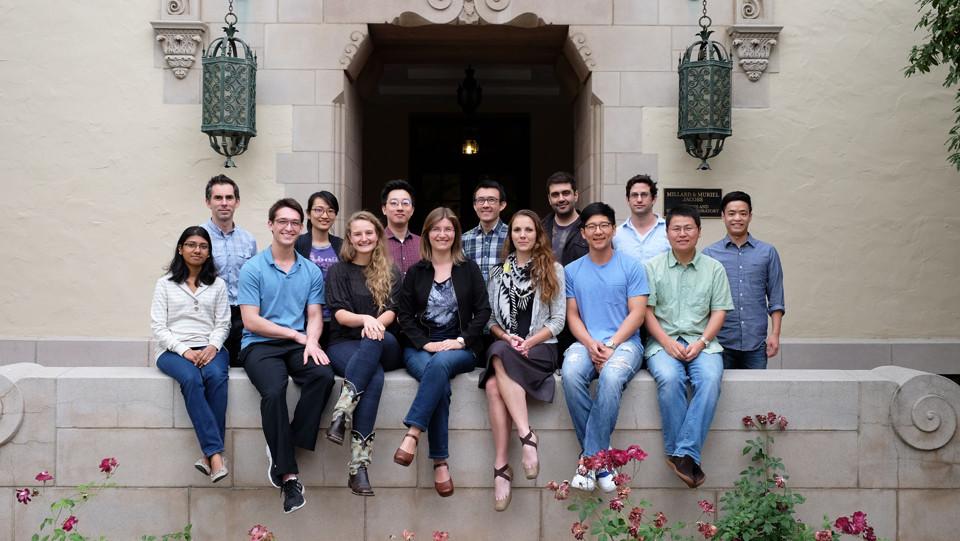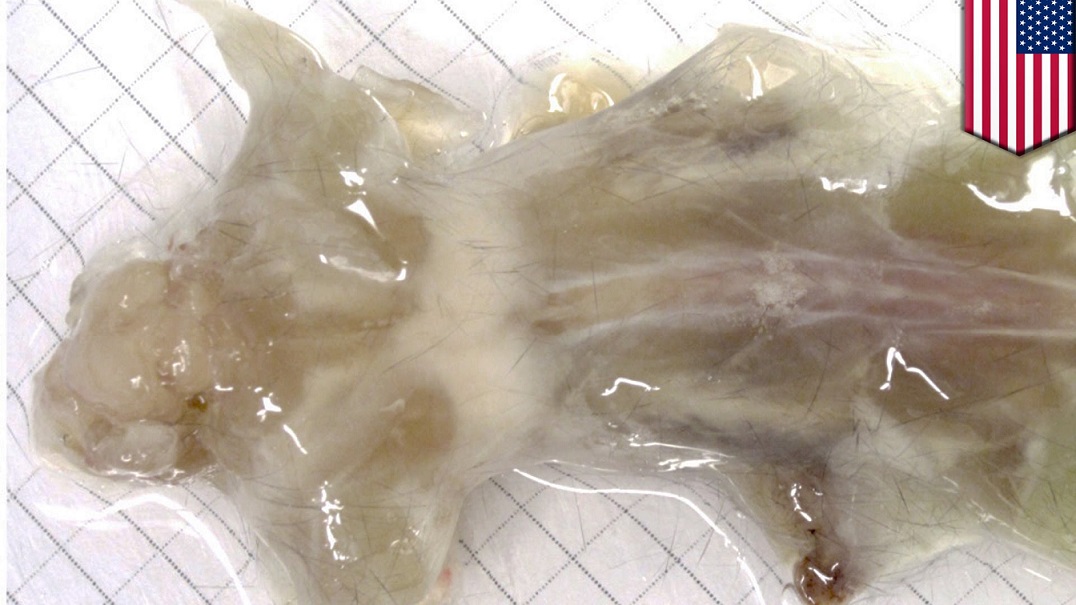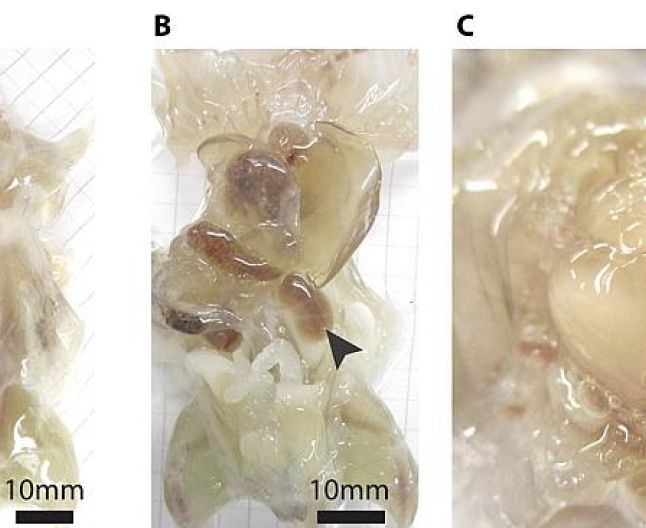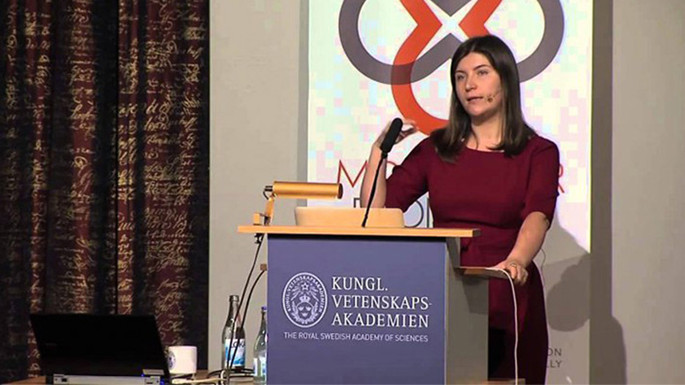Viviana Grădinaru grew up in a small village, of about 100 souls, in Vaslui County. She showed interest in science from early on – her physics teacher recalls Viviana's delight in solving difficult problems and her desire to do research in the field of physics. This led her to enroll at the Faculty of Physics, University of Bucharest, where she would only study for one year, because her desire for advancement and development made her transfer to Caltech, California, in her second year.

Viviana Grădinaru did her graduate studies at Stanford University, in professor of bioengineering, Karl Deisseroth’s laboratory, where she began studying the effects of deep-brain stimulation on Parkinson’s patients. While she was finishing her Ph.D. thesis, Gradinaru and Deisseroth began directing their efforts towards discovering a way to making tissue transparent. In 2012, she went back to Caltech as assistant professor and continued work on the problem, finally developing the technique now known as Clarity.


In 2014, Viviana Grădinaru and her team at Caltech announced the discovery of a method that can make the entire body of a mouse transparent. Her approach relies on the functioning of the body’s circulatory system, which carries a hydrogel to all of the organs, making them transparent. Three days after the solution is injected, the kidneys, the heart, the lungs and the intestines become see-through, while, after two weeks, the whole body follows suit.
There already existed ways of making individual organs transparent after being removed from the body, but this is the first time that anyone has succeeded in making the entire body transparent.
This procedure will be of use in the treatment of afflictions like autism or chronic pain. It will also be essential in the mapping of the nervous system and in the tracking of the evolution of cancer.
Sources:



















